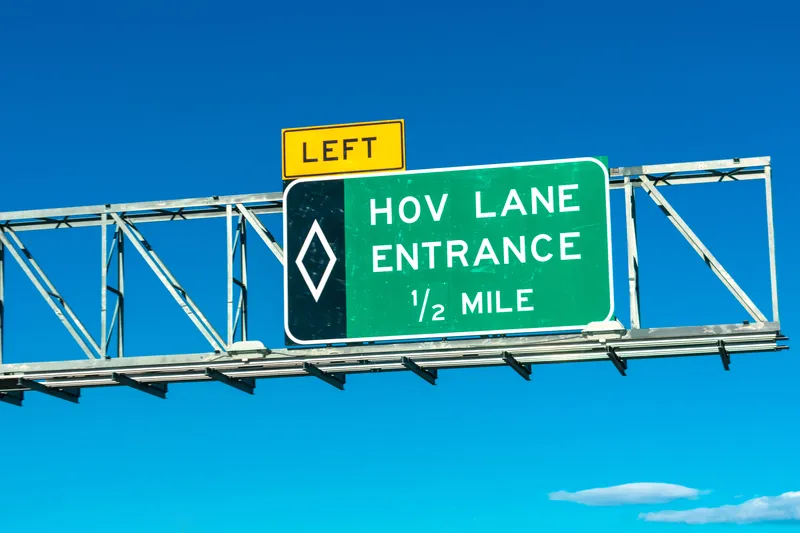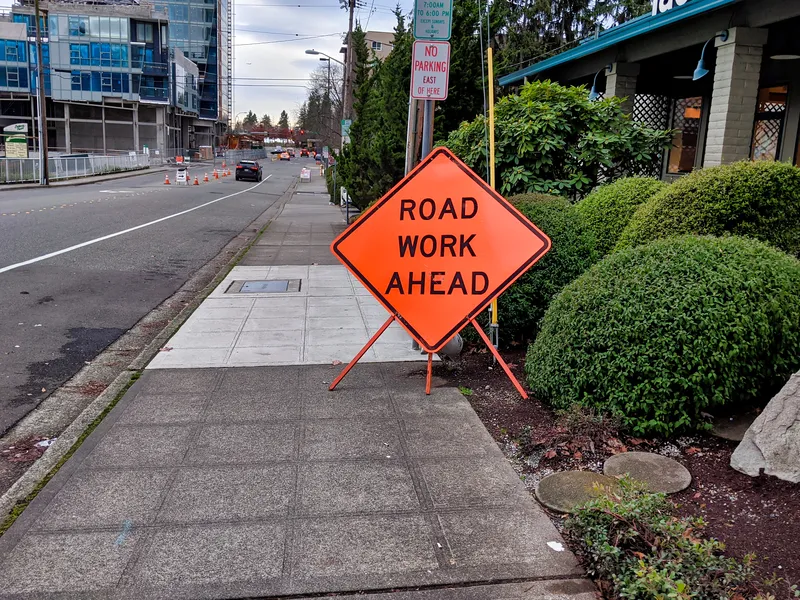The New Jersey Department of Transportation (NJDOT) has started work on a much-needed congestion relief project, using technology to improve traffic flow along a thirteen mile stretch of Route 22 in Somerset and Union counties. The US$7.77 million project will improve mobility along the entire corridor through the creation of an integrated system interconnecting eighteen traffic signals into one controlled traffic signal system (CTSS). This includes the complete replacement of the existing traffic signal sy
April 8, 2013
Read time: 2 mins
The 7104 New Jersey Department of Transportation (NJDOT) has started work on a much-needed congestion relief project, using technology to improve traffic flow along a thirteen mile stretch of Route 22 in Somerset and Union counties.
The US$7.77 million project will improve mobility along the entire corridor through the creation of an integrated system interconnecting eighteen traffic signals into one controlled traffic signal system (CTSS). This includes the complete replacement of the existing traffic signal systems at five intersections and geometric improvements and signal modifications to seven other intersections.
The project also includes the installation of eight new traffic cameras for the camera surveillance system (CSS), two new permanent electronic dynamic message signs, and fibre optic and wireless communication connecting the new integrated system to the statewide traffic management centre (STMC).
As most of the improvements require the installation of electronic equipment outside the Route 22 mainline travel lanes, work will be performed during normal business hours with minimal disruption to traffic.
The US$7.77 million project will improve mobility along the entire corridor through the creation of an integrated system interconnecting eighteen traffic signals into one controlled traffic signal system (CTSS). This includes the complete replacement of the existing traffic signal systems at five intersections and geometric improvements and signal modifications to seven other intersections.
The project also includes the installation of eight new traffic cameras for the camera surveillance system (CSS), two new permanent electronic dynamic message signs, and fibre optic and wireless communication connecting the new integrated system to the statewide traffic management centre (STMC).
As most of the improvements require the installation of electronic equipment outside the Route 22 mainline travel lanes, work will be performed during normal business hours with minimal disruption to traffic.








